Staying ahead of the competition is crucial in today’s fast-paced business world. This is where the power of competitive analysis comes into play. At its core, competitive analysis is about understanding your market position relative to your competitors and identifying opportunities for growth and improvement. It’s a strategic tool that blends competitive intelligence and competitor research to offer a comprehensive view of the competitive landscape.
But competitive analysis is more than just keeping an eye on your rivals; it’s about gaining deep insights into your competitors that inform your strategic decisions. Whether you’re launching a new product, entering a new market, or refining your marketing strategy, understanding your competitors’ strengths, weaknesses, opportunities, and threats is invaluable.
Understanding Competitive Analysis
Competitive analysis is a systematic approach to evaluating the competitive landscape. Understanding your competitors’ strategies, strengths, weaknesses, and market positions is important.
The purpose of competitive analysis goes beyond mere competitor research. It’s about gathering competitors’ insights that can shape your business strategies, helping you capitalize on market opportunities and mitigate potential threats. Ninety percent of Fortune 500 companies rely on competitive intelligence to maintain their competitive edge. Whether it’s identifying gaps in the market or uncovering new trends, the insights gained from a thorough competitive analysis are invaluable.
But what makes competitive analysis truly powerful is its ability to provide a multidimensional view of the market. Through competitor benchmarking, you can measure your business against industry standards and best practices. This not only highlights areas of improvement but also showcases your strengths. It’s like holding up a mirror to your business strategies and asking, “How do we stack up against the best in the business?”
Competitive research is the backbone of competitive analysis. It involves meticulously collecting and analyzing data on your competitors’ operations, products, marketing strategies, and customer feedback. This isn’t a one-time task but an ongoing process of monitoring the competitive landscape to stay ahead of the curve.
In essence, competitive analysis is your roadmap in the competitive marketplace. It guides your strategic decisions, helping you navigate the complexities of the business world with confidence and clarity. By embracing competitive intelligence, you’re not just keeping up with the competition but setting the pace and direction for your industry.
Identifying Your Competitors
The first step in any competitive analysis is identifying your competitors. It might seem straightforward, but your competitors can come from unexpected places in today’s dynamic markets. They’re not just businesses offering similar products or services; they’re also vying for your customers’ attention and dollars in broader, sometimes indirect, ways.
To start, draw up a list of your direct competitors offering similar products or services within the same geographical area or market segment. But don’t stop there. Consider indirect competitors as well: businesses outside your immediate product category but capable of satisfying the same customer needs or desires.
Identifying your competitors is the foundation for the rest of your competitive analysis. It sets the stage for a deeper dive into each competitor’s strengths, weaknesses, strategies, and customer base. With a clear understanding of your competitors, you’re better equipped to navigate the competitive landscape and carve out a unique space for your business.

Gathering Competitive Data
Once you’ve identified your competitors, gathering data about them is the next crucial step in competitive analysis. This is where the rubber meets the road in terms of competitive intelligence. It’s not just about collecting data; it’s about collecting the right data for actionable insights.
Start with the basics: product or service offerings, pricing strategies, sales tactics, and marketing approaches. This foundational competitor research sets the stage for deeper analysis. However, don’t overlook the importance of gathering qualitative data, such as customer reviews and feedback, which can offer invaluable insights from competitors.
These resources can provide a direct window into your competitors’ strategies and customer experiences. But remember, the goal of gathering this data is not to inundate yourself with information but to distill it into actionable insights.
Competitor benchmarking comes into play as you start to analyze this data. By systematically comparing your competitors’ strengths and weaknesses against your own, you can identify where your business stands in the competitive landscape. This benchmarking process can highlight areas for improvement in your own business and uncover strategies that are working well for your competitors, which you might adapt or counter in your unique way.
Competitive research is an ongoing process, not a one-time task. The business environment is dynamic, with new competitors entering the market, existing ones evolving their strategies, and customer preferences changing over time. Regularly updating your competitive analysis ensures that your strategies remain relevant and effective.
Analyzing the Competitive Landscape
Data analytics boosts decision-making speed by up to 5 times. With a wealth of competitive data at your fingertips, the next step is to analyze this information to understand the competitive landscape. This phase is where competitive intelligence transforms data into actionable insights, guiding your strategic decisions.
The cornerstone of this analysis often involves conducting a SWOT analysis—identifying the Strengths, Weaknesses, Opportunities, and Threats related to your competitors. This framework helps you categorize the data you’ve gathered, making it easier to identify where your competitors excel and where they may be vulnerable.
Strengths and weaknesses are internal factors that give your competitors an edge or hold them back. These could range from superior product features, strong brand loyalty, and efficient operations to poor customer service, limited product lines, or operational inefficiencies. By understanding these aspects, you can benchmark your business against these metrics, identifying areas for improvement and differentiation.
Opportunities and threats, on the other hand, are external factors that could impact your competitors’ performance. Market trends, technological advancements, regulatory changes, and shifts in consumer preferences can all play a role. Recognizing these external factors can help you anticipate market shifts and adapt your strategies accordingly.
But competitive analysis doesn’t stop at SWOT. Explore competitors’ marketing strategies, customer engagement tactics, and innovation pipelines. This competitor research can reveal what messages resonate with your shared audience, what channels are most effective, and what product features or services are most valued.
Monitoring Competitor Activity
After scrutinizing the competitive landscape and extracting valuable insights, it’s crucial to keep the momentum going by regularly monitoring competitor activity. The business world is ever-evolving, with new products, strategies, and market dynamics emerging constantly. Staying updated with these changes is where the real power of competitive analysis lies.
Setting up systems for continuous monitoring is critical to maintaining your competitive edge. This doesn’t mean obsessively watching every move your competitors make but rather keeping a strategic eye on significant developments that could impact your market position.
One effective way to stay informed is by setting up Google Alerts for your competitors’ names, product names, and other relevant keywords. This simple tool can keep you abreast of news articles, press releases, and other online mentions, providing timely updates on your competitors’ public activities.
Following your competitors’ official social media accounts, industry influencers, and hashtags can give you real-time insights into marketing campaigns, product launches, and customer feedback. These platforms offer a glimpse into how competitors engage with their audience and the types of content that resonate with your shared target market.
Subscribing to industry newsletters and attending relevant trade shows and webinars can also provide a broader view of industry trends and competitor strategies. These sources can offer competitor research and broader market insights, helping you stay ahead of industry shifts.
Remember, the goal of monitoring competitor activity is not just to react to what others are doing but to anticipate market changes and adjust your strategies proactively. It’s about leveraging competitors’ insights to make informed decisions that keep your business agile and responsive to the evolving market landscape.

Applying Your Findings
After identifying your competitors, gathering data, analyzing the competitive landscape, and setting up monitoring systems, the next crucial step in competitive analysis is applying your findings to your business strategy. This phase is where the insights you’ve gathered catalyze growth and innovation.
The insights derived from competitive intelligence should inform various aspects of your business, from product development and marketing to sales strategies and customer service. For instance, if your analysis reveals that competitors are successfully leveraging a particular technology or platform, consider how you might integrate similar innovations in a way that aligns with your brand and adds value for your customers.
Competitor research might uncover gaps in the market that your products or services can fill. This could lead to developing new offerings or enhancing existing ones to better meet customer needs. By addressing these gaps, you position your business as a forward-thinking leader who listens to and anticipates market demands.
Marketing strategies can also benefit significantly from competitors’ insights. Understanding the messaging and channels that resonate with your target audience allows you to tailor your marketing efforts more effectively. It’s not about mimicking your competitors but learning what works and adapting it to your unique brand voice and value proposition.
Sales strategies can be refined based on competitor benchmarking. By knowing the strengths and weaknesses of your competitors’ sales approaches, you can train your sales team to effectively communicate the unique benefits of your products or services, helping to differentiate your offerings in the minds of potential customers.
As you implement changes based on your analysis, continue to monitor the impact of these adjustments on your market position and adjust your strategies accordingly. This iterative process ensures that your business remains responsive and adaptable to the dynamic market landscape.
Best Practices for Competitive Analysis
Following some best practices is essential to making this process more effective and ethical. These practices ensure that your analysis yields valuable insights and that it’s conducted in a manner that respects industry norms and competitor confidentiality.
First and foremost, maintain objectivity throughout your competitive analysis. It’s easy to let biases or preconceived notions about your competitors cloud your judgment. Approach your analysis with an open mind, focusing on data and facts rather than assumptions. This objectivity ensures that the insights you gain are reliable and actionable.
Ensuring data accuracy is another critical practice. The competitive intelligence you gather should be verified for credibility and relevance. Relying on outdated or incorrect data can lead to misguided strategies. Utilize reputable sources and cross-reference information to ensure its accuracy.
Ethical considerations should be at the forefront of your competitive analysis efforts. Respect competitor confidentiality and adhere to legal and moral standards when gathering and using competitive intelligence. This includes avoiding deceptive practices and respecting copyright and privacy laws.
Lastly, foster a culture of continuous improvement and innovation within your organization. Use competitor benchmarking and research insights to challenge your team to think creatively and push beyond the status quo. Encourage a mindset that views competition as a challenge and an opportunity to learn, adapt, and excel.

Leveraging Competitive Analysis for Strategic Success
Understanding your competitive landscape is crucial, but it’s just the first step. Transforming insights into actionable strategies requires expertise in executive and business coaching. This is where 4 Leaf Performance excels. With our comprehensive executive and business coaching services, we can help you leverage your competitive analysis findings to refine your business strategies, enhance your market positioning, and achieve sustainable growth.
Whether you’re looking to sharpen your competitive edge, foster a culture of continuous improvement, or lead your business toward new horizons of success, 4 Leaf Performance is here to guide you. Our tailored coaching services are designed to translate your competitive intelligence into actionable, results-driven strategies.
Don’t let the insights from your competitive analysis sit on the shelf. Let 4 Leaf Performance help you turn those insights into strategic actions that drive your business forward. Contact us today to learn how we can support your journey toward strategic excellence and market leadership.


